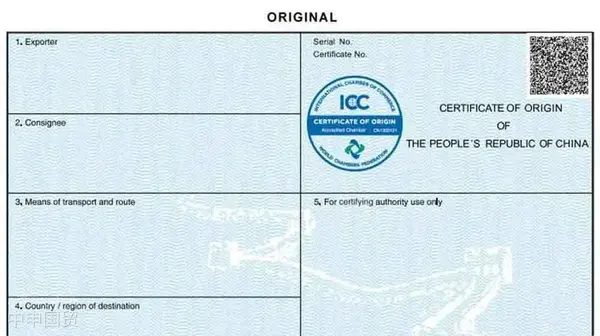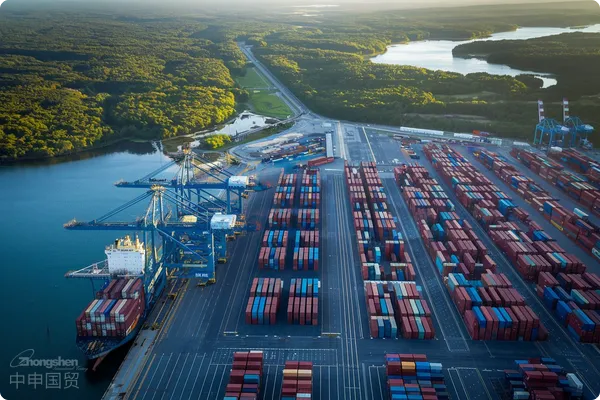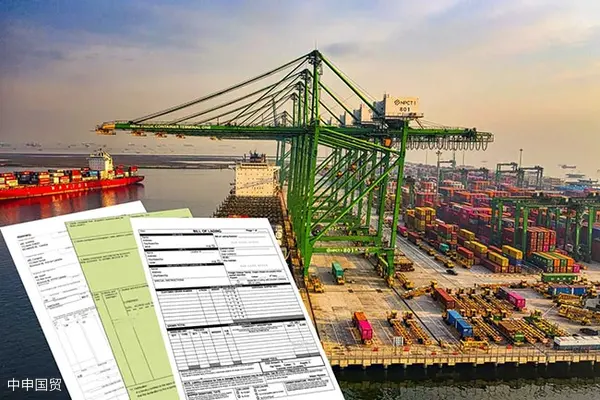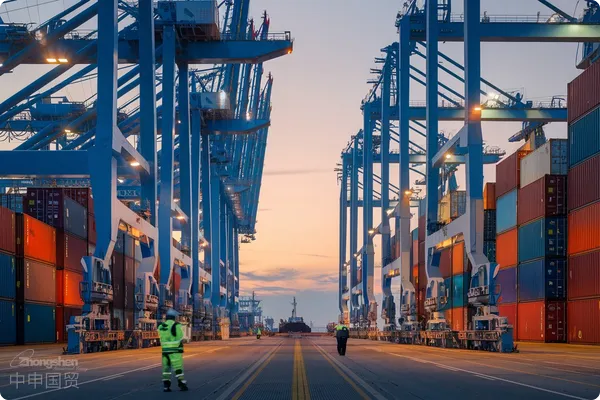- Shanghai Zhongshen International Trade Co., Ltd. - Two decades of trade agency expertise.
- Service Hotline: 139 1787 2118
Maritime TransportationA bill of lading is a receipt of the goods received by the carrier and also a proof of the transportation contract. It not only represents the establishment of the contract of carriage by sea, but also symbolizes the right of property. According to different criteria, ocean bills of lading can be classified into various types, covering aspects such as the loading status of the goods, the consignees endorsement, the mode of transportation, and the validity of the bill of lading.
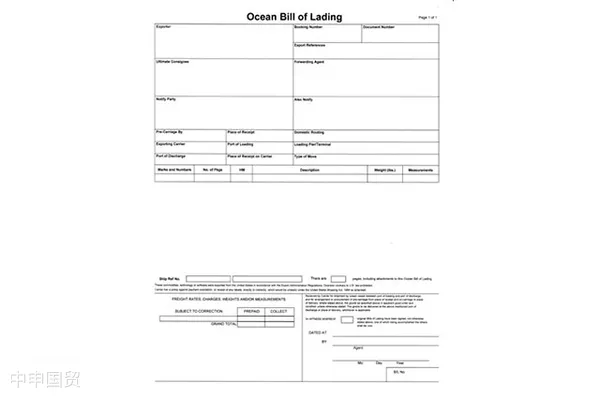
I. Definition and Characteristics of Ocean Bills of Lading
An ocean bill of lading is a receipt issued by the carrier, master or their agent after receiving the goods, and it also serves as evidence of the contract of carriage by sea. This bill of lading attests that the carrier has taken over the goods and promised to transport them to the destination. More importantly, the ocean bill of lading also represents the right of property, meaning that the holder of the bill of lading has the right to demand the carrier to deliver the goods.
II. Classification of Ocean Bills of Lading
Classification by the Loading Status of the Goods:Including on-board bills of lading and received-for-shipment bills of lading. An on-board bill of lading is issued after all the goods are loaded and must indicate the name of the ship, the loading date, etc.; a received-for-shipment bill of lading is a bill of lading issued after the goods are taken over by the carrier.
Classification by the Consignees Endorsement of the Bill of Lading:Covering straight bills of lading, bearer bills of lading and order bills of lading. Among them, a straight bill of lading cannot be endorsed and transferred, a bearer bill of lading allows the holder to take delivery of the goods, and an order bill of lading can be endorsed and transferred.
Classification by the Mode of Transportation:Classified as direct bills of lading, transshipment bills of lading, through bills of lading and multimodal transport bills of lading. These bills of lading represent different modes of transportation from the origin to the destination respectively.
Classification by the Validity of the Bill of Lading for Use:Mainly including original bills of lading and copy bills of lading. The original bill of lading is officially issued by the carrier, while the copy bill of lading has no signature of the carrier.
Classification by the Charging Method:Including freight prepaid bills of lading, freight collect bills of lading and minimum freight bills of lading.
Classification by the Nature of Ship Operation:Mainly liner bills of lading and charter party bills of lading.
Other Types:In addition, there are also overdue bills of lading, anti-dated bills of lading, post-dated bills of lading and many other special bills of lading.
III. Importance of Ocean Bills of Lading
Ocean bills of lading play a crucial role in international trade. It not only ensures the ownership and delivery rights of the goods, but also provides legal and commercial protection for the carrier and the shipper. Correctly choosing and using the type of bill of lading can ensure the smooth progress of the transaction, reduce disputes, and provide a reliable and efficient tool for international trade.
Related Recommendations
? 2025. All Rights Reserved. 滬ICP備2023007705號-2  PSB Record: Shanghai No.31011502009912
PSB Record: Shanghai No.31011502009912
